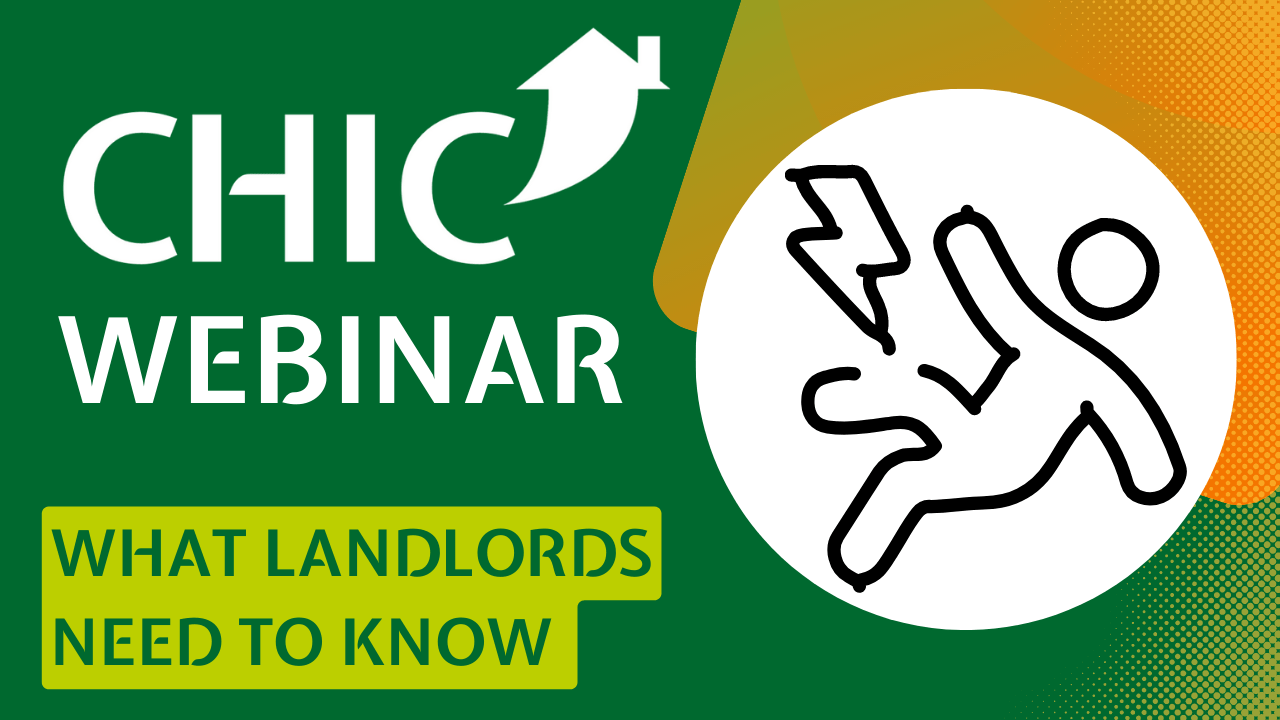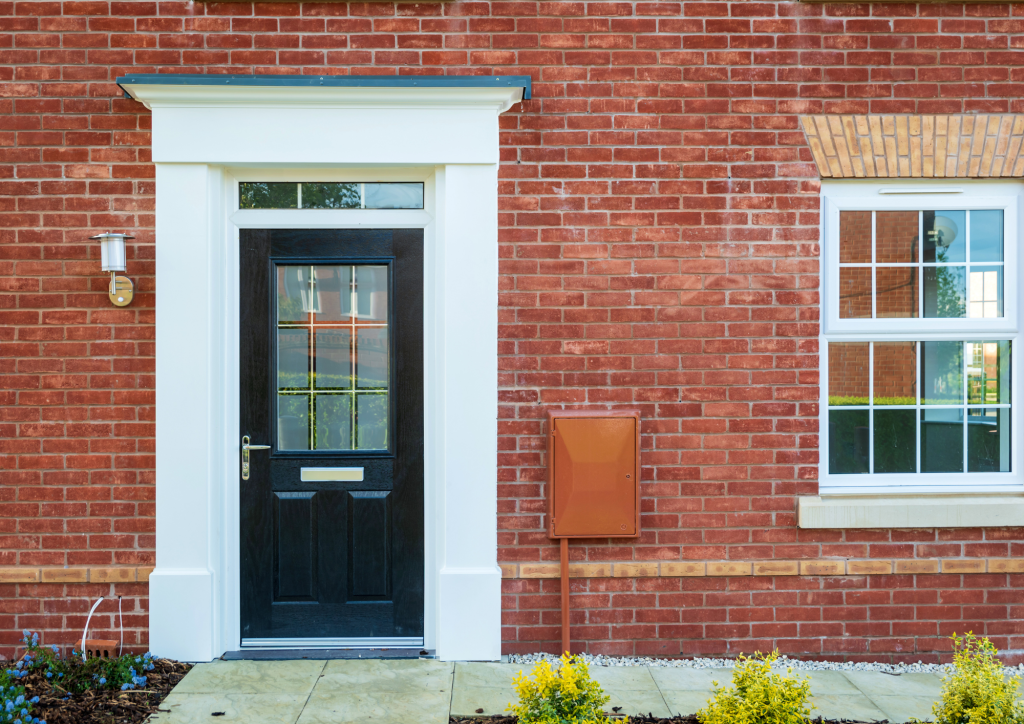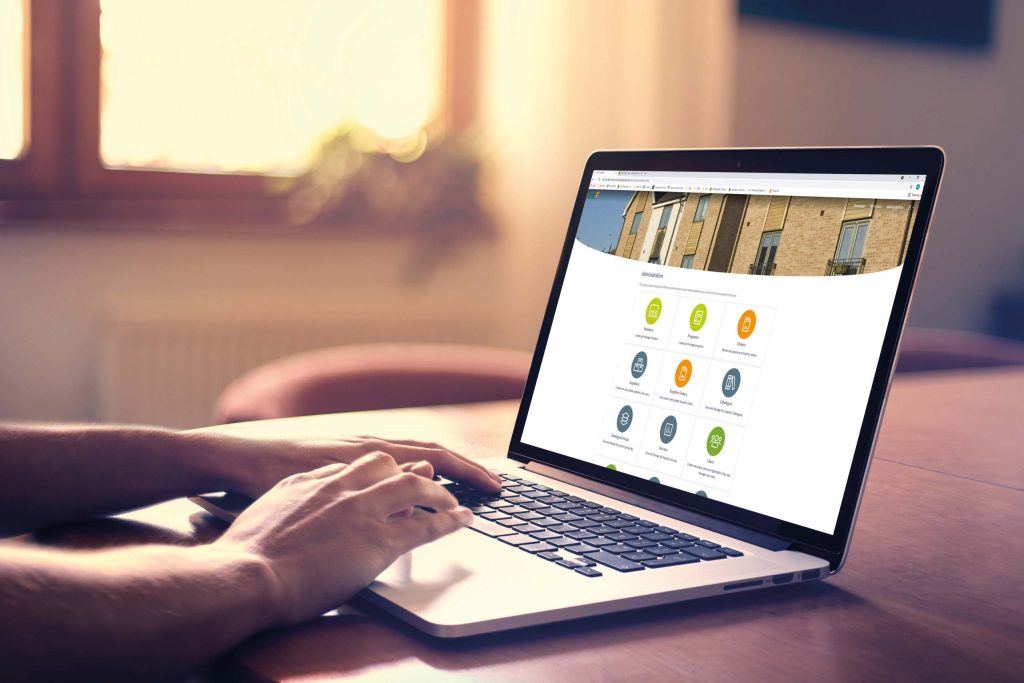Last week CHIC hosted it’s most recent CHIC Webinar ‘What landlords need to know – Smoke and CO Alarm Regulations 2022 and Minimum Standards for Electrical Safety.’
We would like to thank all our speakers: Paul Cartwright – Aico, Katharine Saunders & Meadow O’Connor – Trowers and Hamlins and Darren Staniforth – CEF.
The webinar discussed the new set of standards required for landlords in relation to Electrical Safety as well as the legal obligations for landlords, stated in the new Smoke and Carbon Monoxide Alarm Regulations.
Key highlight – So what are these changes and what do they mean for the social housing sector?
Transcript from the webinar
The Smoke and Carbon Monoxide Alarm (England) Regulations and Approved Document J:
Landlords must ensure that at there is least 1 smoke alarm on each storey of the property where there is a room used as living accommodation.
A Carbon Monoxide alarm should be fitted in any room used as living accommodation which contains a fixed combustion appliance excluding gas cookers.
Repair or replace smoke alarms and carbon monoxide alarms once the landlord has been informed by the tenant that the alarm is faulty or there is an issue. The tenant will be responsible for testing the alarms (recommended time is monthly).
There is no requirement for the Carbon Monoxide and smoke alarms within the property to be interlinked. However, this is strongly recommended
These changes come into place 1st October and landlords need to be compliant at this date – there is no transition period. Requirements are enforced by Local Authorities, and failure to do so could lead to a fine of up to £5,000.
Electrical Safety
IET & British Standards: Changes to Electrical Installations – Previously, as we know electrical installations could be carried out to previous standards as long as the design was done to that previous work. The new standards coming into play from 28th September, has now ‘withdrawn’ the use of previous standards. This means that all electrical installations must comply with BS 7671:2018+A2:2022 from 28 September 2022.
Arc Fault Detection Device (AFDD) – These will be mandatory in high rise buildings, care homes and any Care Quality Commission regulated properties, HMOs and license properties.
Electrical Installation Condition Report – One change we see in the new standards is the type of RCDs used in installations. Often in our equipment we use are DC Type RCDs. One critical issue we identify with this type of RCD is its ability to leak back onto the AC and thus compromising those RCDs, which in them, provide as life-saving and critical devices.
Type A RCD: When carrying out EICRs or installing new RCDs these MUST be of Type A device. On the EICR if you identify there are existing/old AC type devices then these need to be changed to Type A and may issue a C3 outcome.
However, if there is clear evidence there is going to be problems with the DC Type component, this may be elevated to C2 Outcome.
Surge protection devices (SDP) – there have been arguments whereby doing a risk assessment could determine whether an SPD is needed. SPD will protect the electrical installation and the appliances from over voltage. The regulations now confirm that where there is a safety service installed that these devices must be installed.
To watch the full webinar, please click here.



